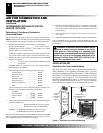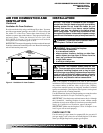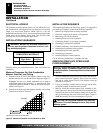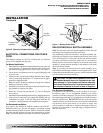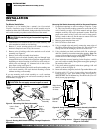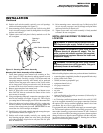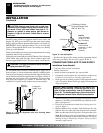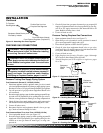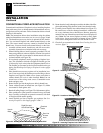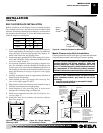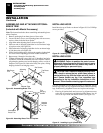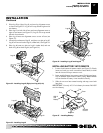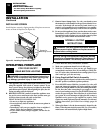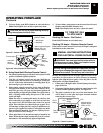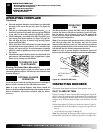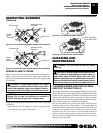Special offers from our partners!

Find Replacement BBQ Parts for 20,308 Models. Repair your BBQ today.
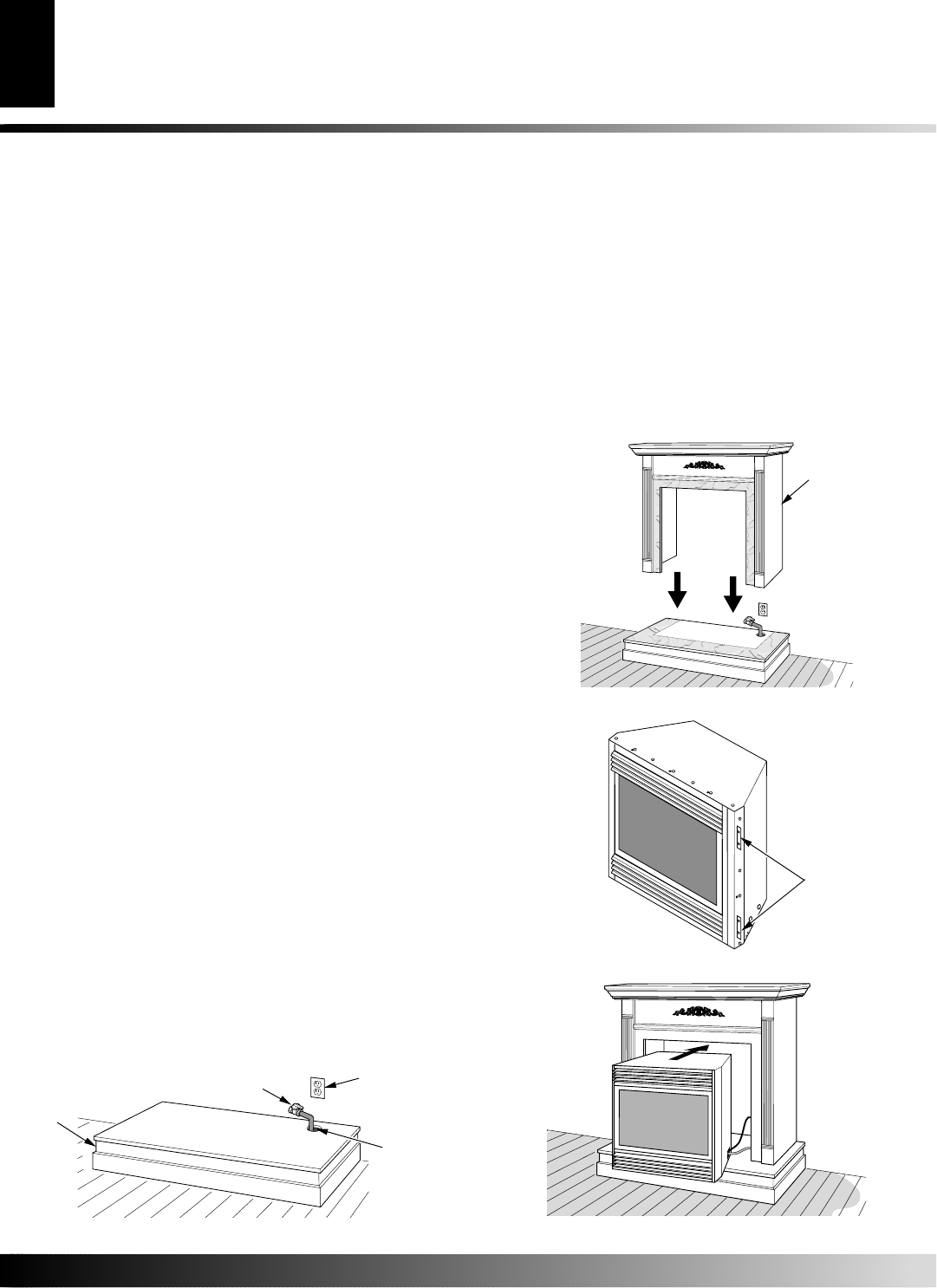
110112-01A
For more information, visit www.desatech.com
For more information, visit www.desatech.com
14
INSTALLATION
Conventional Fireplace Installation
INSTALLATION
Continued
CONVENTIONAL FIREPLACE INSTALLATION
Conventional installation of fireplace involves installing fireplace
along with corner, face, or cabinet mantel with hearth base accesso-
ries against a wall in your home. Follow instructions below to install
fireplace in this manner.
Note:
The instructions below show installation using the cabinet
mantel and hearth base accessories (see Accessories, pages 30 and
31). The hearth base accessory shown is optional for this installa-
tion. You can install fireplace and cabinet mantel directly on the
floor. The corner mantel accessory cannot be installed with the
hearth bases. You must install corner mantel directly on the floor.
1. Assemble cabinet mantel, hearth base, and trim accessories.
Assembly instructions are included with each accessory.
2. When installing blower, install a properly grounded, 120 volt
three-prong electrical outlet at fireplace location if an outlet is
not there. If possible, locate outlet so cabinet mantel will cover
it when installed (see Figure 20).
3. If not already completed, install gas piping to fireplace loca-
tion. This installation includes an approved flexible gas line
(if allowed by local codes) after the equipment shutoff valve.
The flexible gas line must be the last item installed on the gas
piping. See Installing Gas Piping to Fireplace Location, pages
11 and 12.
4. Place hearth base accessory against wall at installation loca-
tion. Cut an access hole in hearth top to run flexible gas line to
fireplace (see Figure 20). Make sure to locate access hole so
cabinet mantel will cover it when installed.
Note:
You can
secure base to floor using wood screws. Countersink screw
heads and putty over.
5. Route flexible gas line through access hole in hearth base.
6. Center cabinet mantel on hearth base (see Figure 21). Make
sure mantel is flush against wall.
7. Break off nailing flanges (see Figure 22) with hammer or pliers.
8. Place cardboard or other protective material on top of hearth
base. Carefully set fireplace on protective material, with back
of fireplace inside mantel opening.
9. Attach flexible gas line to fireplace gas regulator. See Con-
necting Fireplace to Gas Supply, pages 12 and 13.
Figure 20 - Placing Hearth Base Accessory Against Wall
Electrical
Outlet
Hearth
Base
Rigid Pipe and
Gas Shutoff Valve
Gas Line
Access
Hole
10. Route electrical cord(s) through access holes in either side of fire-
place with bushing. Plug electrical cord(s) into electrical outlet.
11. Carefully insert fireplace into cabinet mantel (see Figure 23).
Be careful not to scratch or damage hearth base, cabinet man-
tel, or any laminate trim on hearth base. Remove protective
material from top of hearth base and from front of fireplace (if
any).
Note:
You can secure fireplace to hearth or floor. Open
lower louver. Locate screw holes in bottom of base. Tighten
wood screws through these holes and into hearth or floor.
12. Check all gas connections for leaks. See Checking Gas Con-
nections, page 13.
Figure 21 - Installing Cabinet Mantel
Cabinet
Mantel
Figure 23 - Inserting Fireplace Into Cabinet Mantel
Figure 22 - Location of Nailing Flanges
Nailing Flanges



